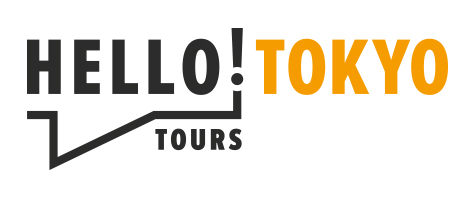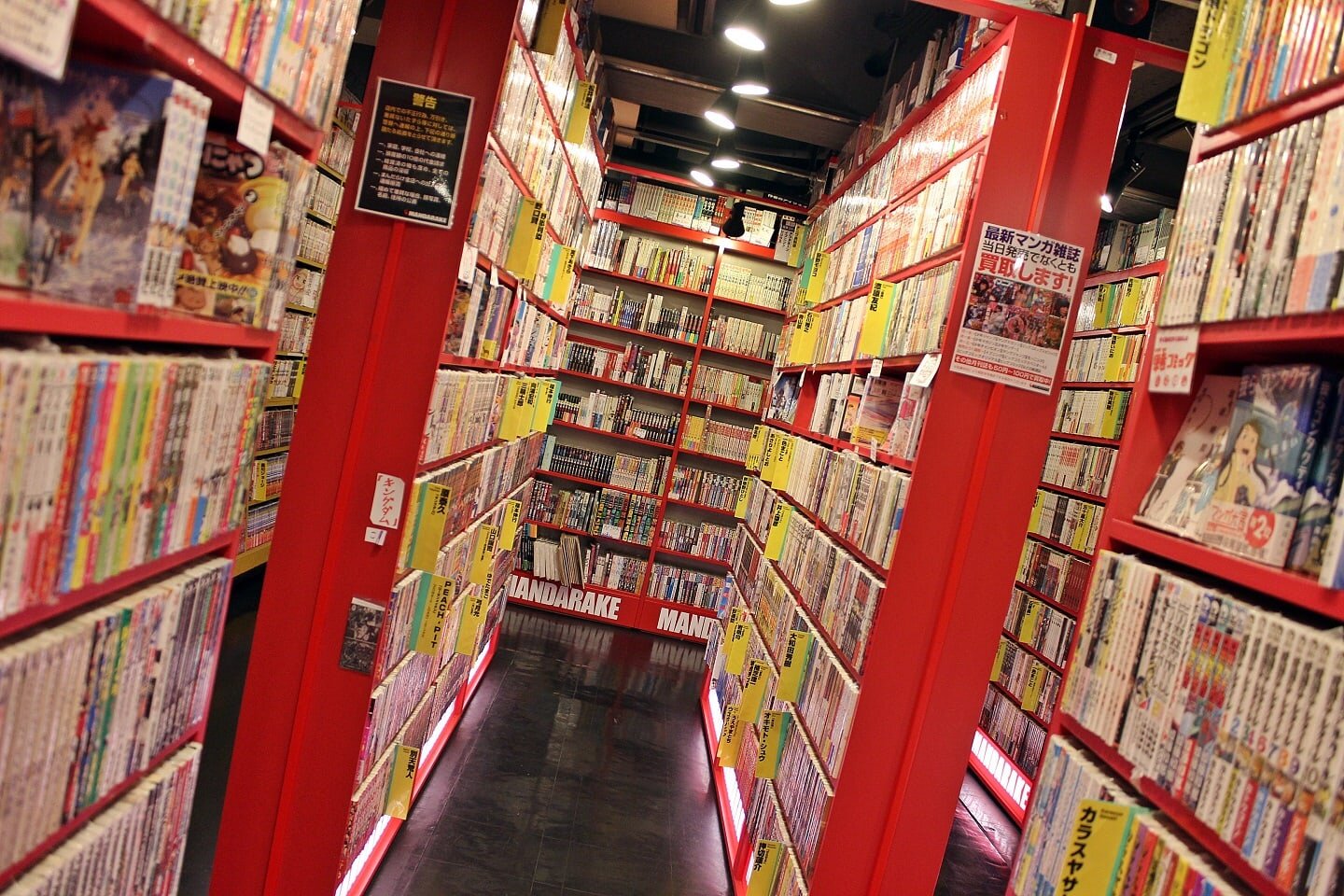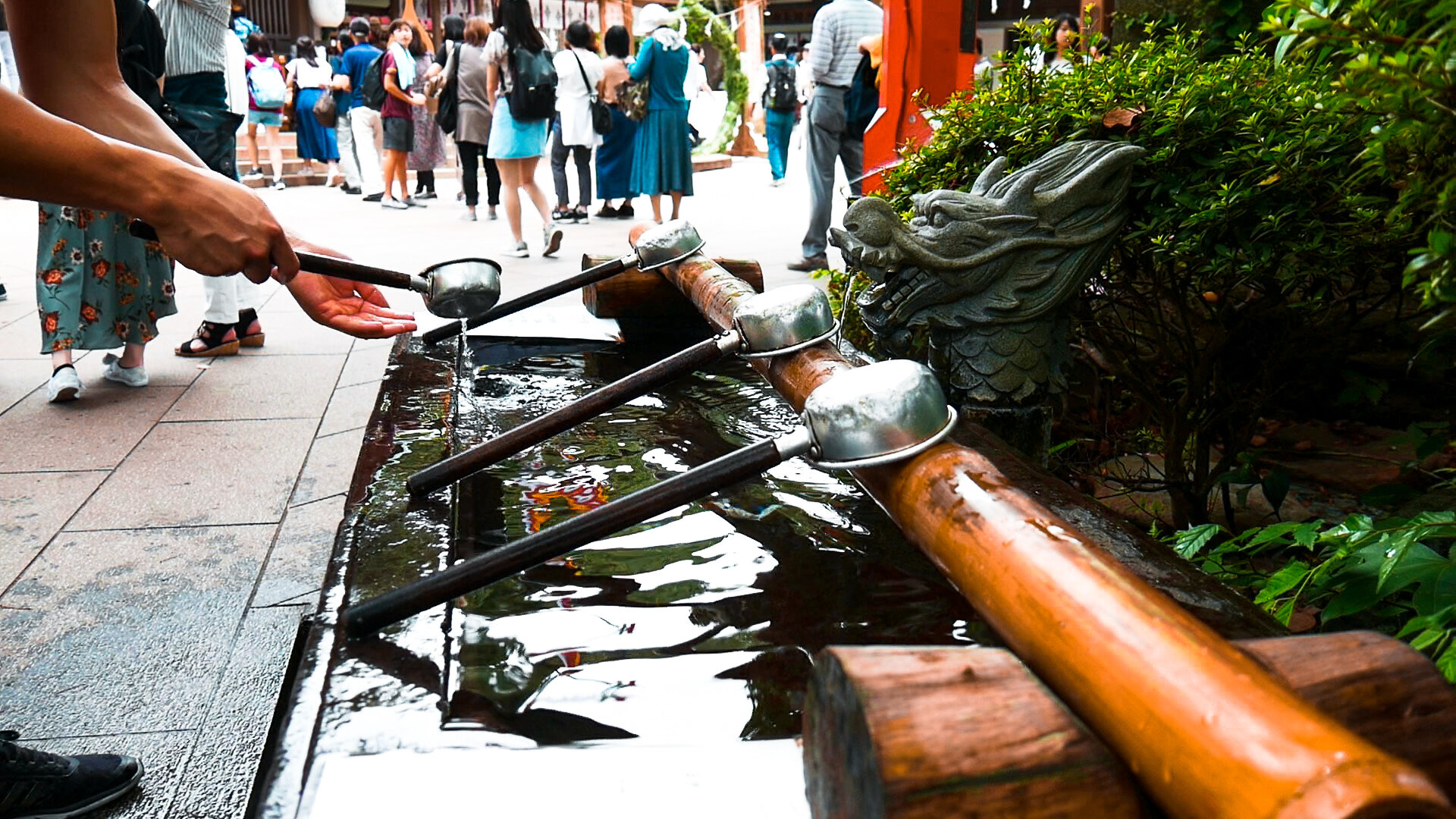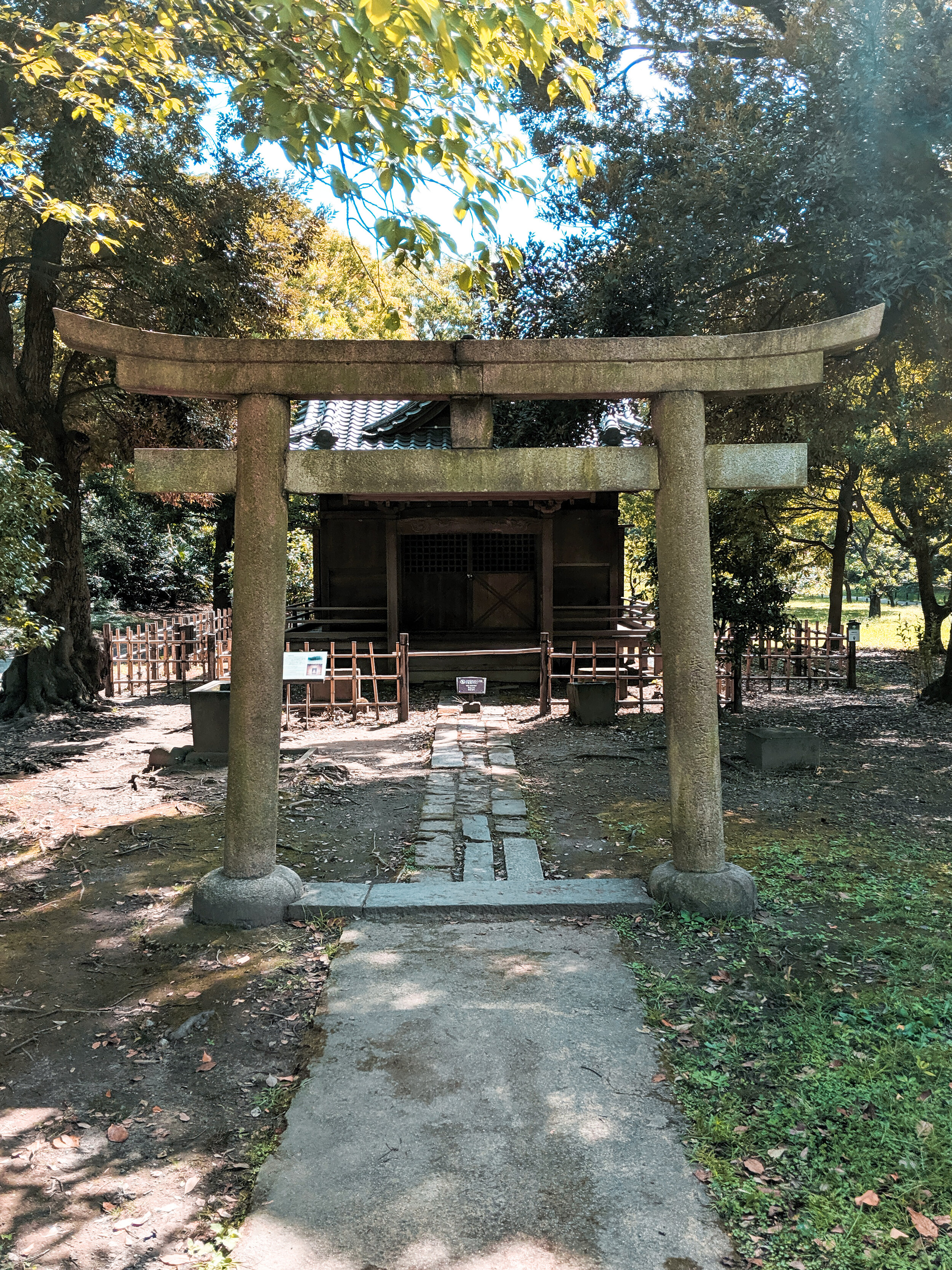Mandarake Nakano is the main store of Mandarake. Mandarake was established in 1987 as a pre-owned comic dealer in Nakano Broadway building. Now it is one of the biggest and busiest manga and anime place in the world. We have visitors from US, EUROPE and ASIA.
Inside of Nakano Broadway, Mandarake currently has over 30 different stores separated by the kind of items they are carrying. We always have staff who can help you in English here in Nakano Store, please let our staff know that you need help to search whatever you are looking for.
Summary Credits: Mandarake Website
Photo Credit: Japan Travel
Address: 5 Chome-52-15 Nakano, Nakano City, Tokyo 164-0001, Japan
Hours: 12-8pm
Website: https://order.mandarake.co.jp/order/?lang=en
How to get there: A 5 minute walk from Nakano Station, North Exit on the JR Line.



















